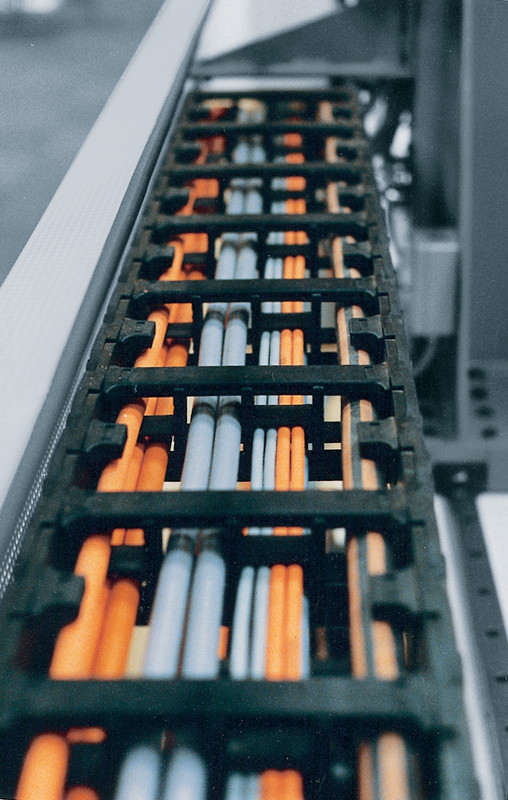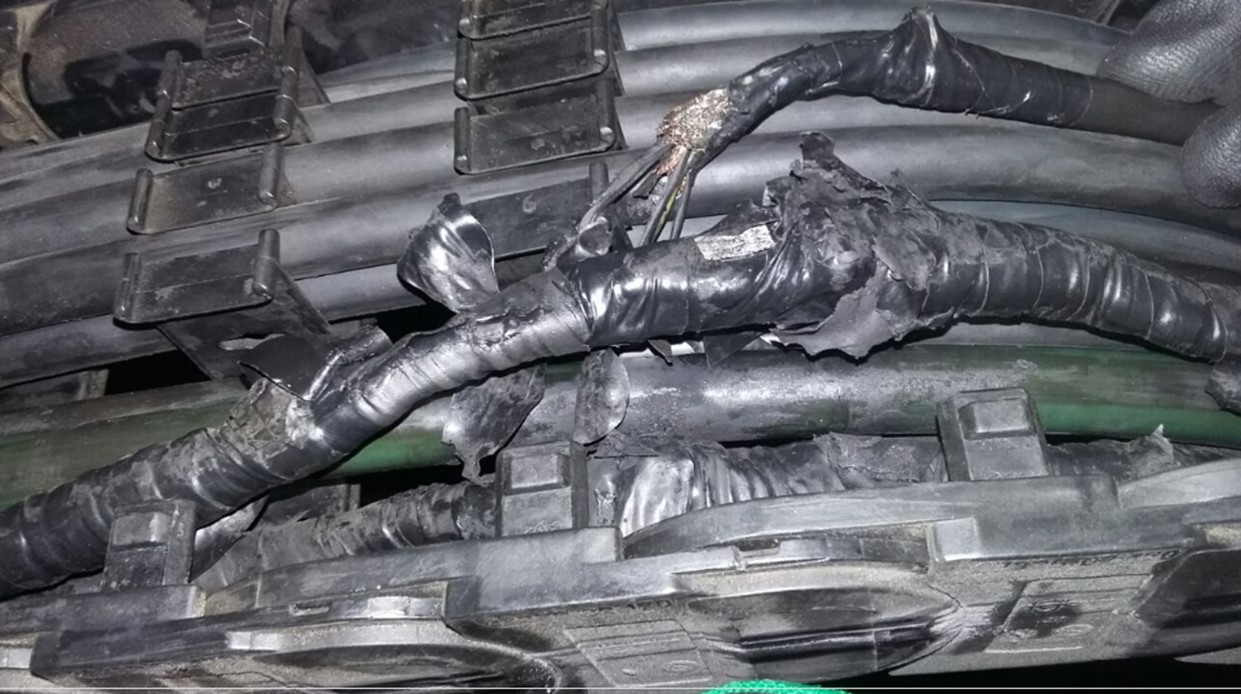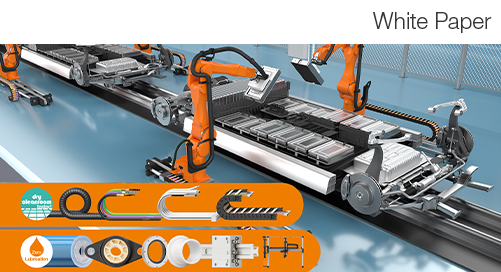Just One More: The Risks of Overfilling Your Cable Carrier
We all have the tendency to try to overfill everything, whether it’s stuffing one more log into the fireplace, one more cookie into our stomachs, or one more shirt into our luggage. Cable carriers are no exception.
I can’t tell you how many cable carriers I’ve seen during site visits that are packed to the rafters with cables and hoses. Just like everything else, cable carriers have a maximum fill that should not be exceeded, and there are two main reasons why: mechanical and electrical issues.

Mechanical Issues Can Pose Safety Risks
Fully-assembled cable carriers are designed to carry maximum loads based on speed, acceleration, vibration, particulates and temperature.
Increase any one of these factors beyond the recommended limit and the overall lifespan of the system is compromised and could pose safety risks. A carrier that fails mechanically due to overfilling could separate, causing parts to exit the trough assembly, tear electrical cables inside, and wreak havoc in the field overall.
Electrical Problems Can Cause Cable Failure
Your cables should have at least 10% free air. Filling your cable carrier beyond that increases the surface areas in which the cables can interact with one another. Once the cables are touching, their jackets can wear down more during continuous motion. As the jackets wear from this increased surface friction, conductors can fail electrically resulting in loss of continuity. Certain cable jacket materials and conductor bundling designs can mitigate this to a degree, but increased friction is known to kill many cables regardless.

10% free air also helps the conductors inside the cable's jacket from overheating. Copper is an excellent conductor of electricity, but there is still resistance when current is flowing through the cable, and resistance creates heat. This heat can build up inside the cable when the cable doesn’t have enough space around it, which can then cause premature degradation of the insulation and cable failure (as shown above).
Finish the Way You Started
Most of the over-stuffed cable carriers I see out in the field probably don't start out that way. My best guess is that conductors start to go, electricians start to use the spares, and eventually, they just run out of spares. Then, instead of running a new cable, they cram another one inside the carrier and so on. Or maybe the machine is upgraded over time, new functionality is added, and instead of installing a new carrier, electricians just cram a few more cables in there.
igus® offers cable carriers with adjustable widths to help you avoid overfilling and the potential mechanical and electrical problems that could result because of it. We also offer an online tool that helps you determine how much internal space you’ll need for the cables inside a selected cable carrier. For any questions or concerns, please reach out to your local igus® expert who is ready to help design the longest lasting solution for your application.



